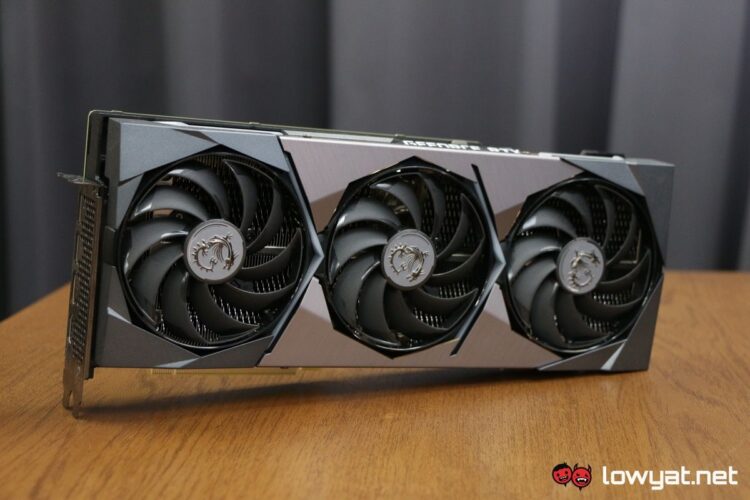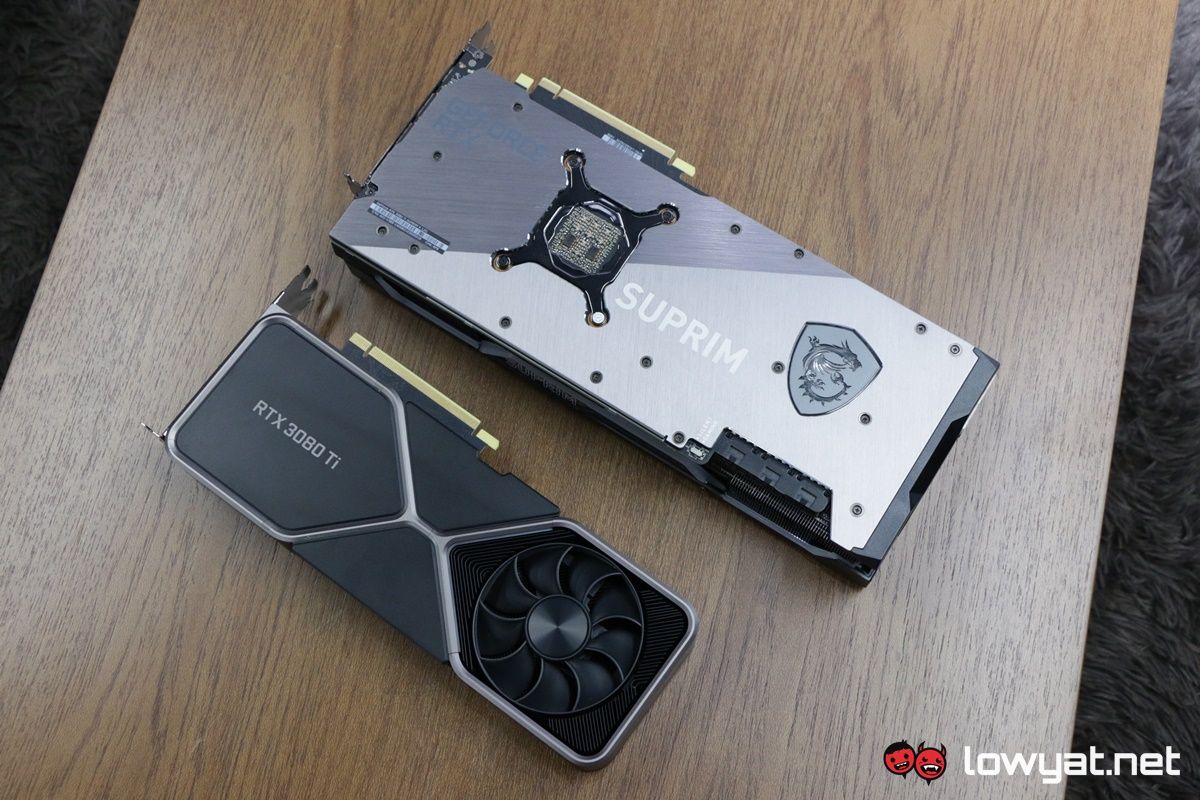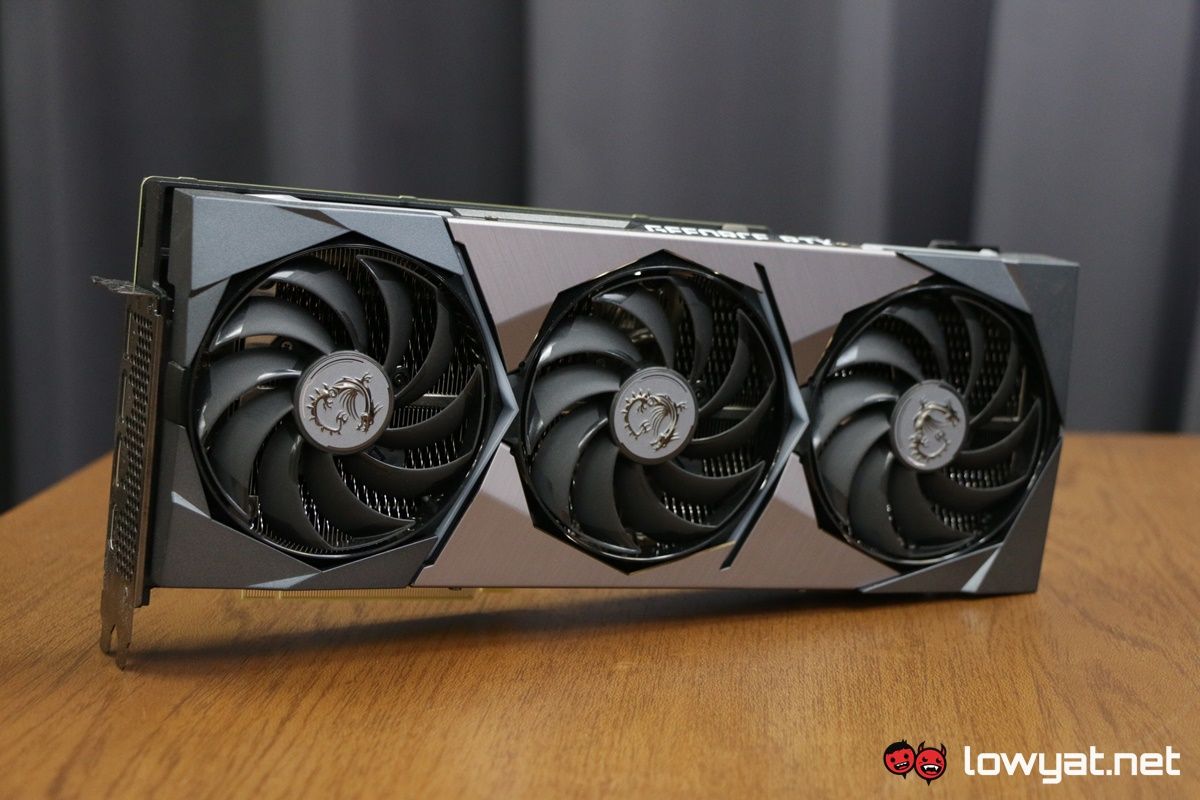MSI’s SUPRIM X graphics cards are nothing short of big and overpowered but more often than not, and like all high-end custom cooled graphics cards, they tend to perform better than NVIDIA Founders Edition counterparts. By that logic, this SUPRIM X iteration of the GeForce RTX 3080 Ti shouldn’t have any problems at pulling several punches, without breaking a sweat.
But, as these things usually go, I find myself falling back to a very frequent saying: that may not necessarily be the case.
Specifications
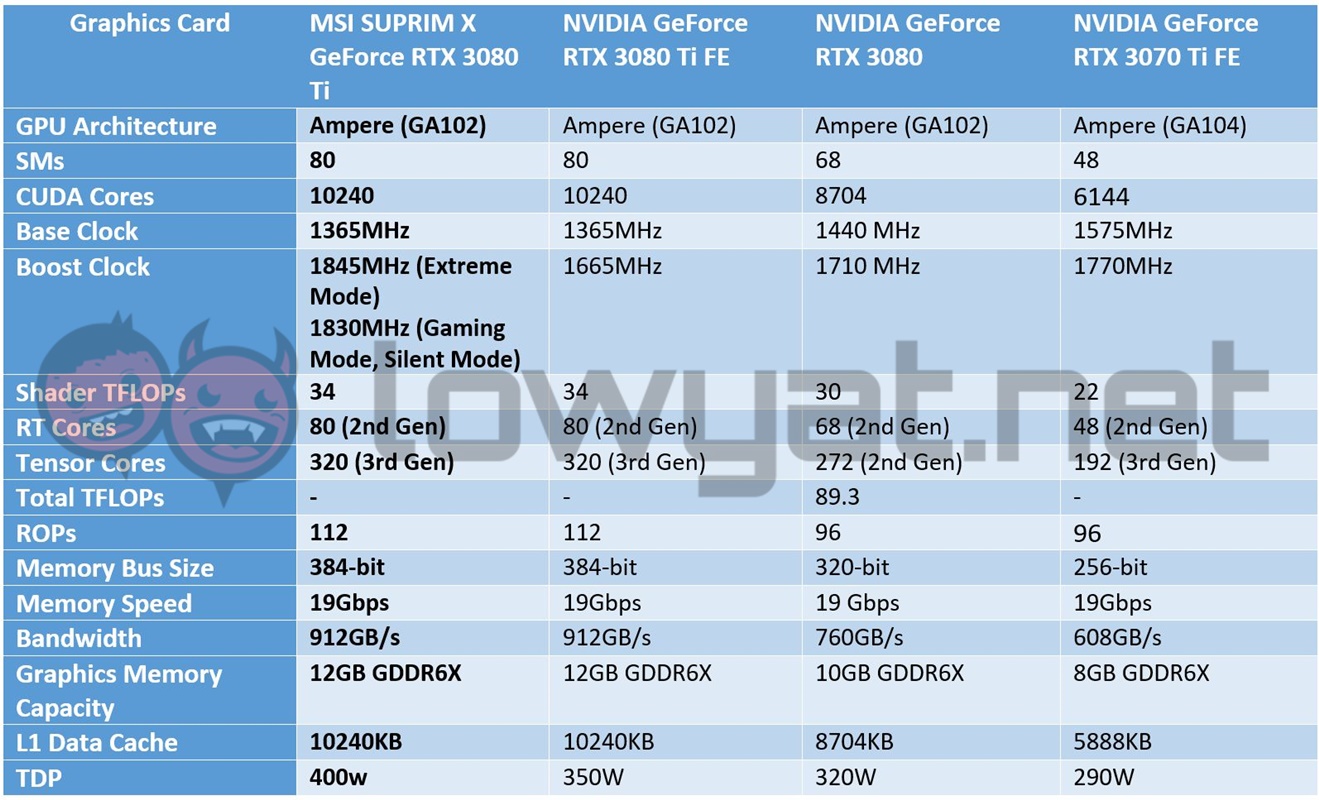
As it is with all NVIDIA GeForce RTX 3080 Ti cards, this SUPRIM X variant uses the same Ampere GA102 architecture, same number of CUDA cores, RT cores and Tensor cores; same 12GB of GDDR6X graphics memory, and even the same memory bus size and speed. Where MSI is taking liberties beneath the hood is obviously through its boost clocks, of which MSI has so graciously made three: an Extreme Mode, a Gaming Mode, and a Silent Mode.
For that matter, the latter two modes share seem to share the same clockspeed of 1830MHz, while the Extreme mode pushes that number up by 15MHz, to 1845MHz.
Design

Like most of MSI’s high-end, premium graphics cards, the company has spared no expense in the design of the SUPRIM X RTX 3080 Ti. Unlike the Founders Edition variant, the card used the standard PCB design that is, in turn, kept cool with a massive heatsink that envelops the entire card.
In addition of the big block of metal fins, the card has three fans attached on top of it; a prominent part of MSI’s Tri Frozr 2S cooling solution that is comprised of three 4th generation TORX fans. Before you ask: yes, the fans are designed to support zero RPM technology. And yes, the card does have built-in RGB LEDs.
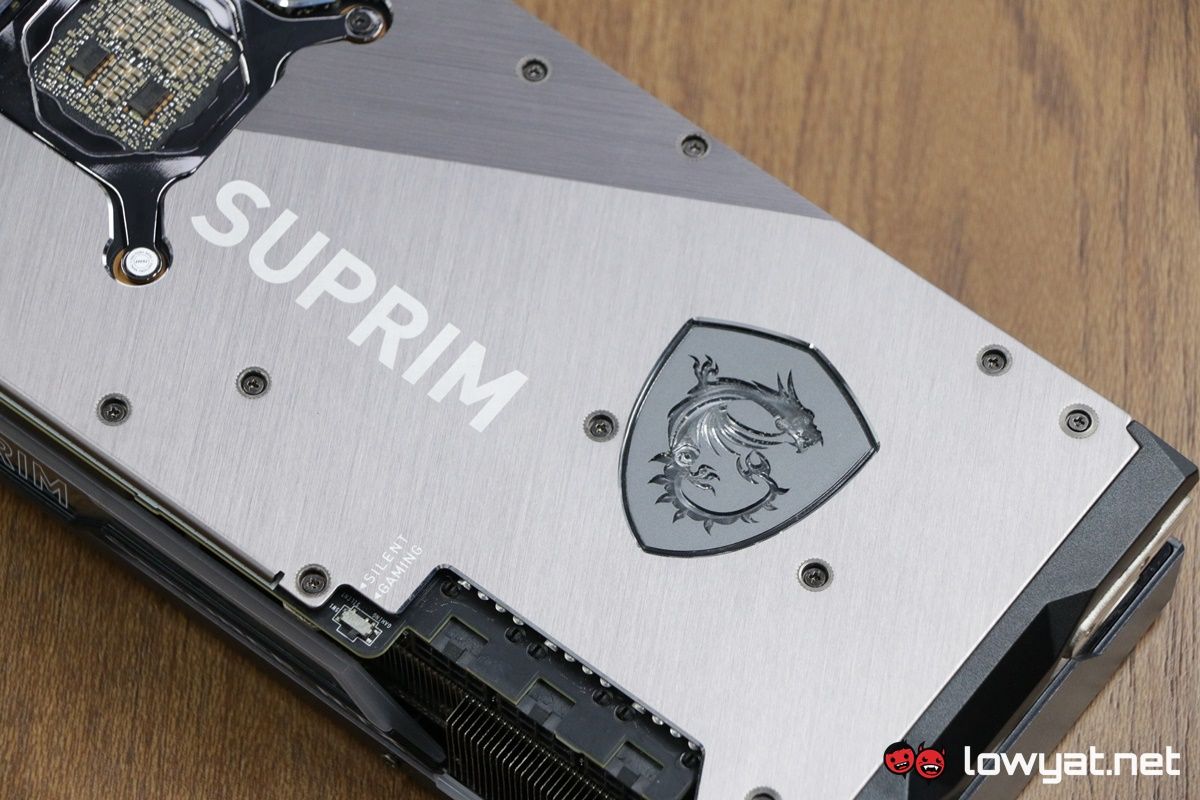
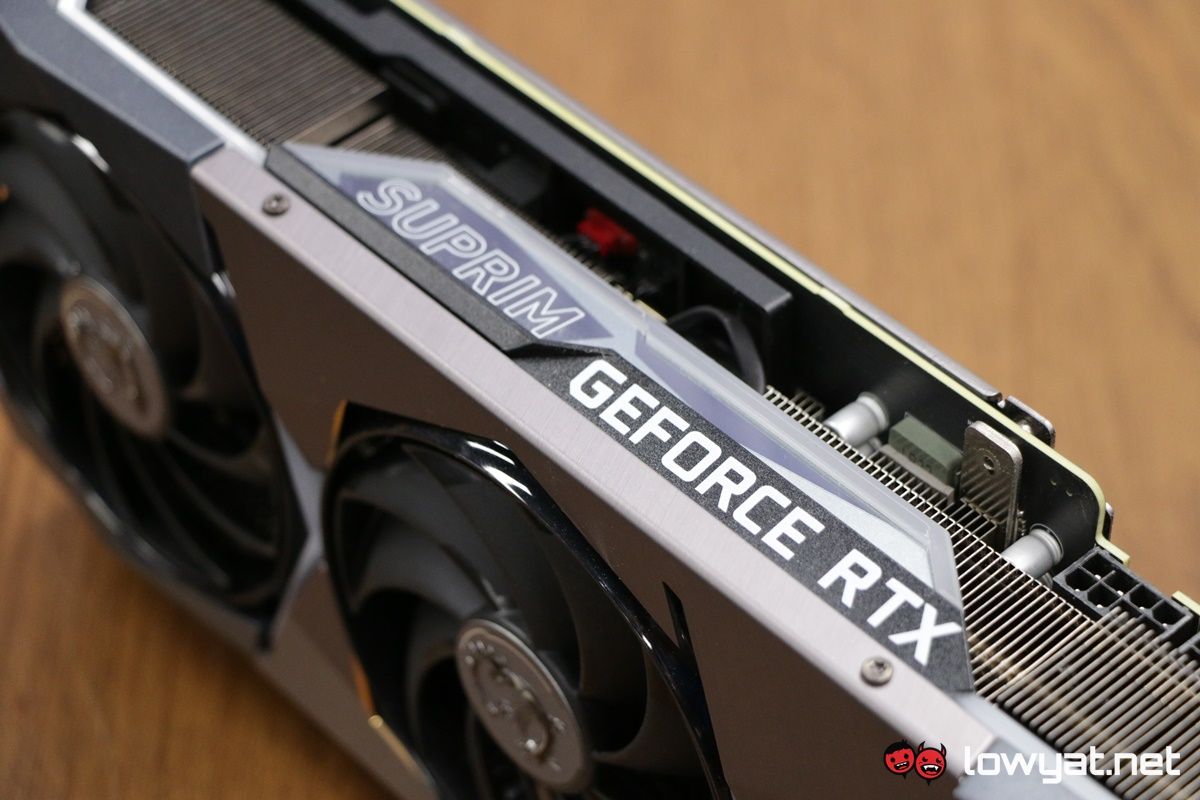
Adding on to the card’s aesthetics is an intricately designed, machine-cut backplate. Everything, from the specially drilled holes for the screw bits, to the space for brand’s dragon crest, right to the exposed space for the back of the GPU, really just adds to the card’s futuristic aesthetics.
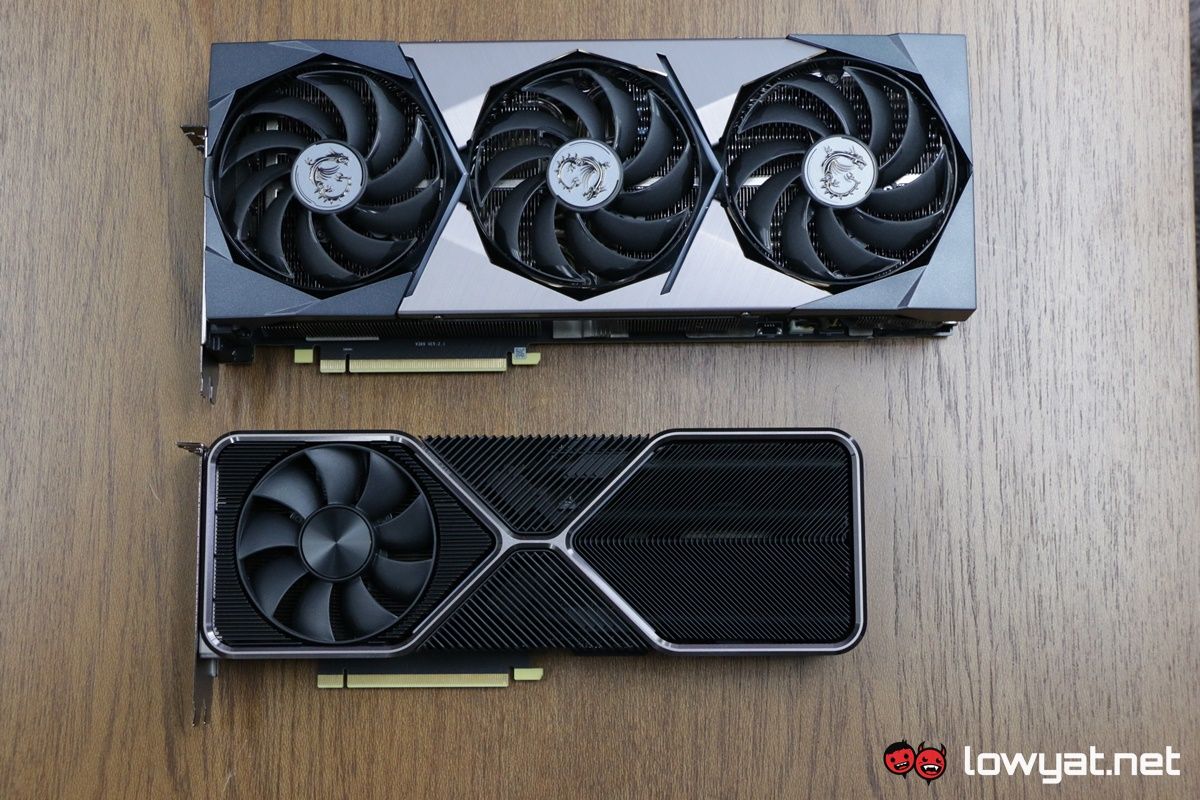
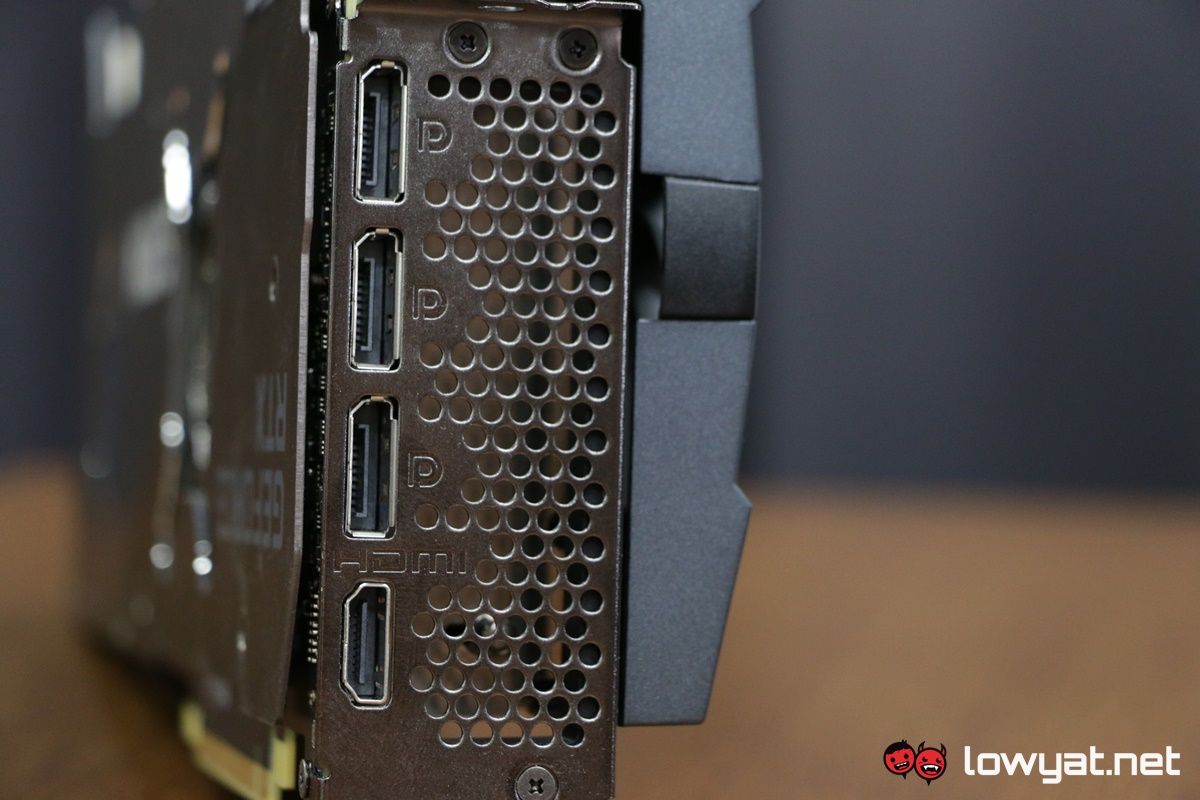
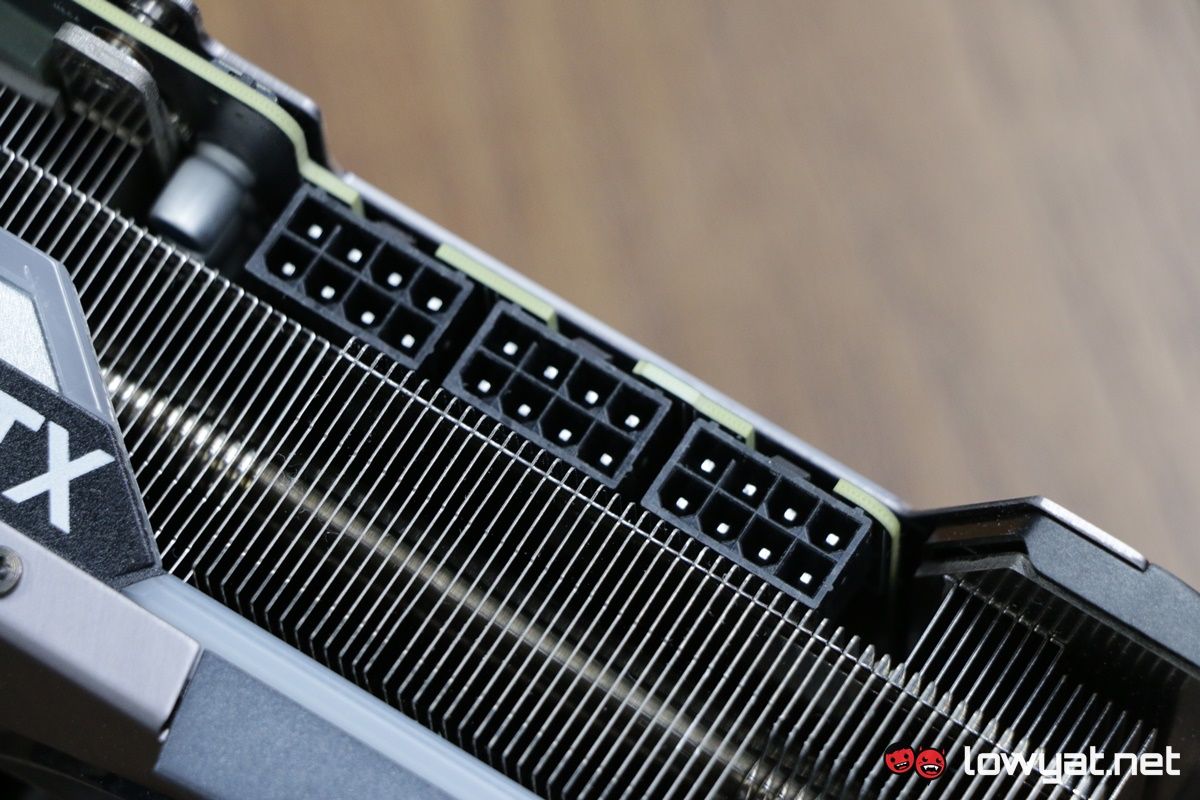
As usual, the card also comes with the standard number of ports that include three DisplayPort 1.4a ports and a single HDMI 2.1 port for 8K output. On another note, the card is designed to pull 50W more power than the standard RTX 3080 Ti at 400W.
In order to accommodate the increase in its power consumption, the SUPRIM X RTX 3080 Ti, therefore, requires three 8-pin PCIe power connectors in order to run.
Testbed
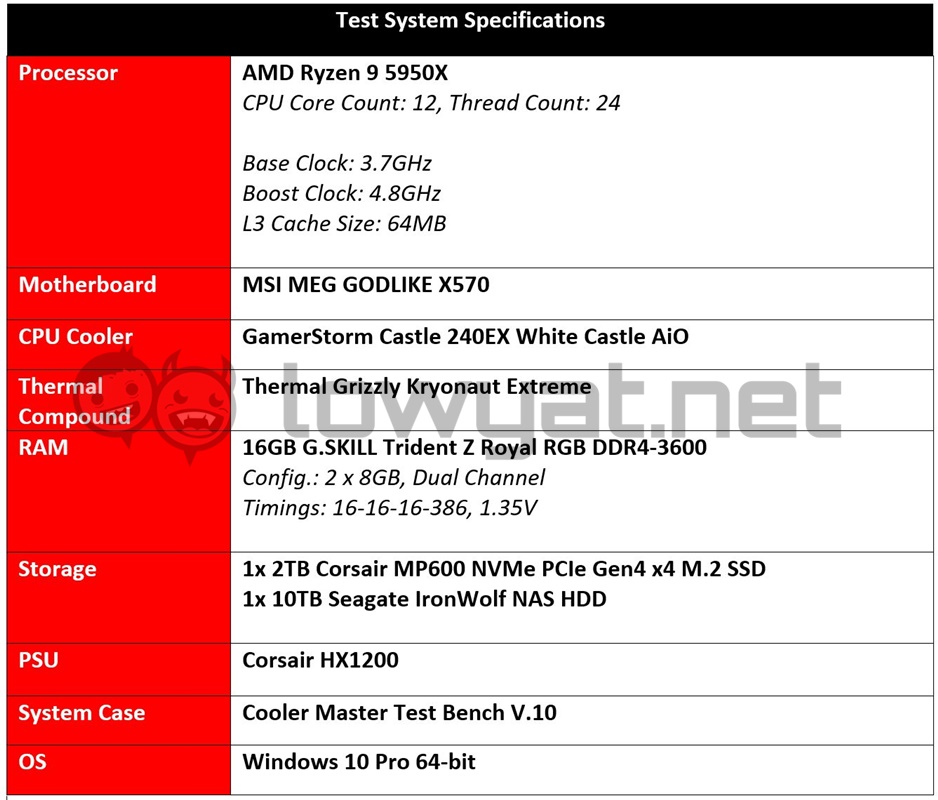
Benchmarks
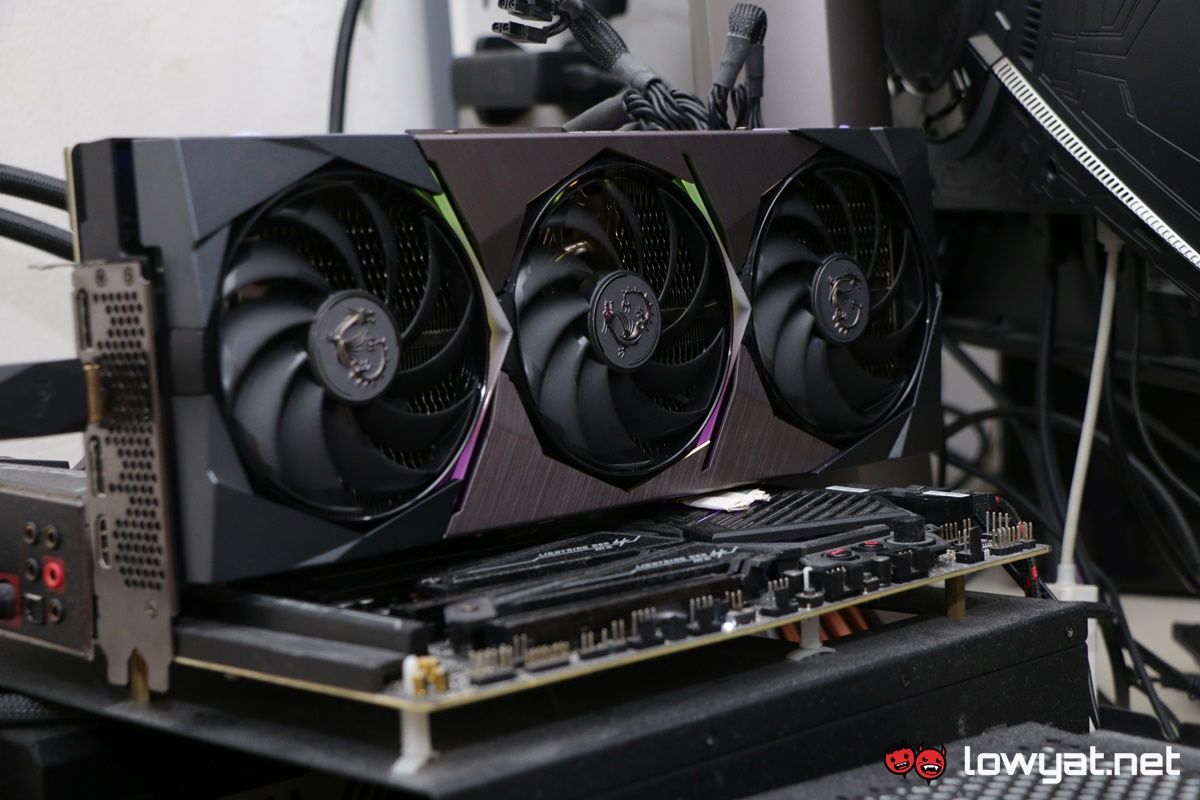
Right off the bat, the SUPRIM X RTX 3080 Ti is seen to be dominating almost very tests in the synthetic benchmarks. In 3DMark, the factory boosted card only seems to falter behind the RTX 3080 Ti FE in the Fire Strike test, but that to be fair, it isn’t by a significant margin.
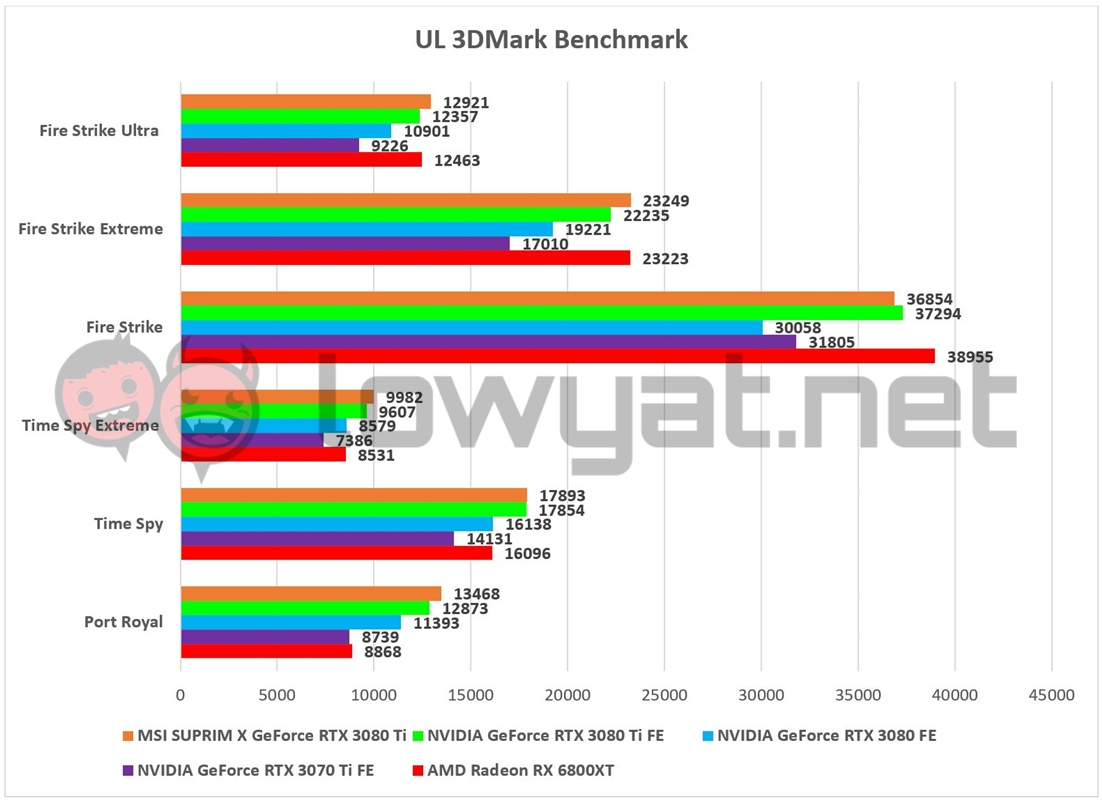
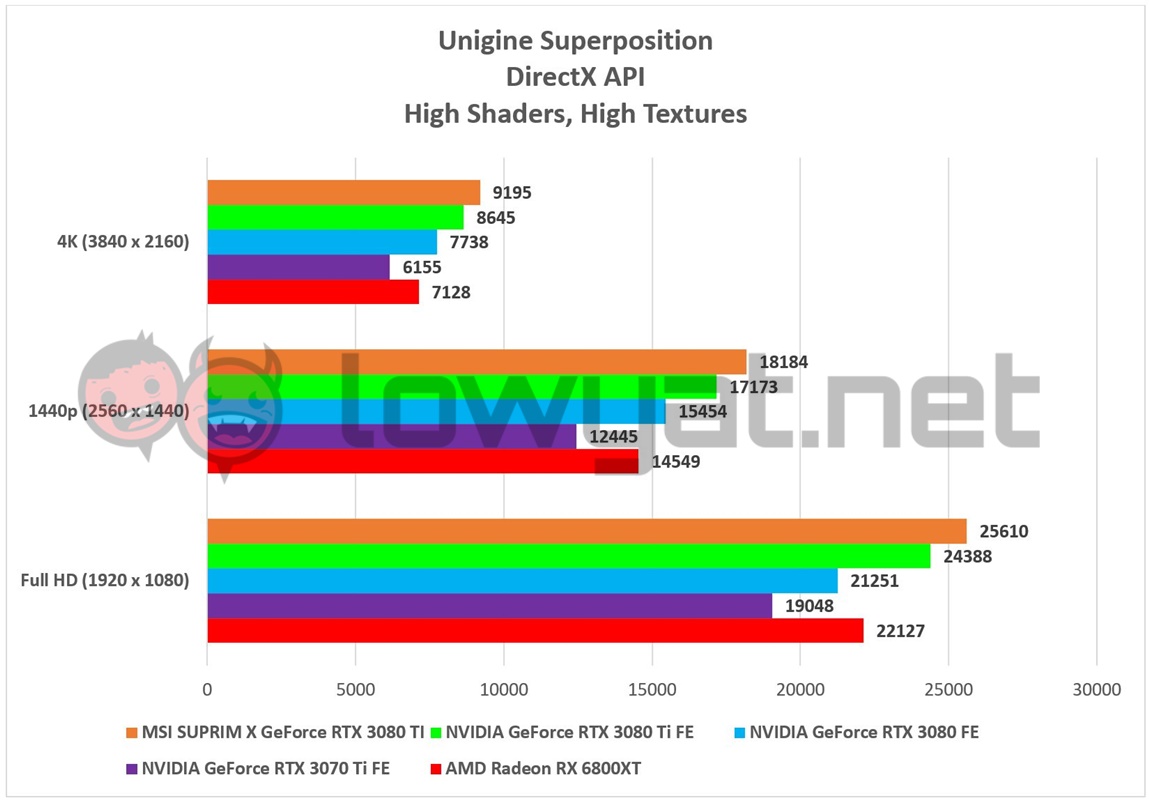
As I moved into the real-world benchmark portions of my review, though, I begin to see the story gradually change. In Control, the SUPRIM X RTX 3080 Ti fared slightly worse than the RTX 3080 Ti FE but, once again, the performance gap isn’t very wide, even with the game’s RTX and DLSS feature switched on.
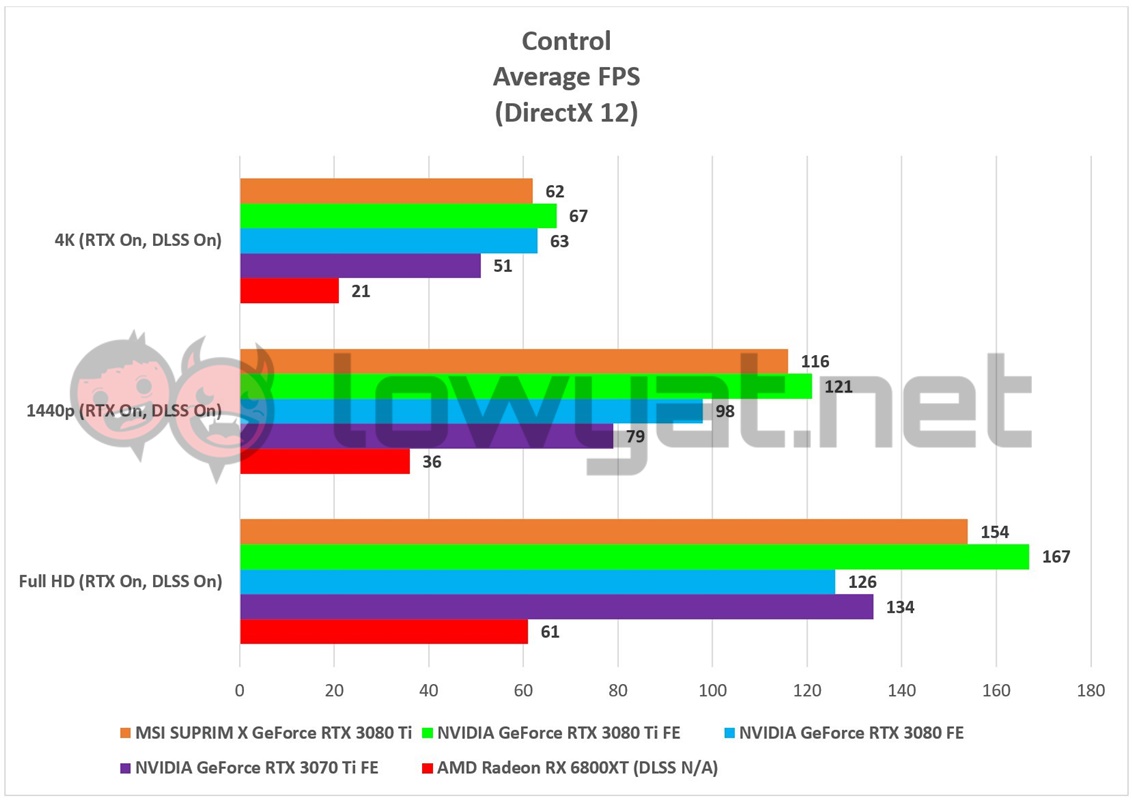
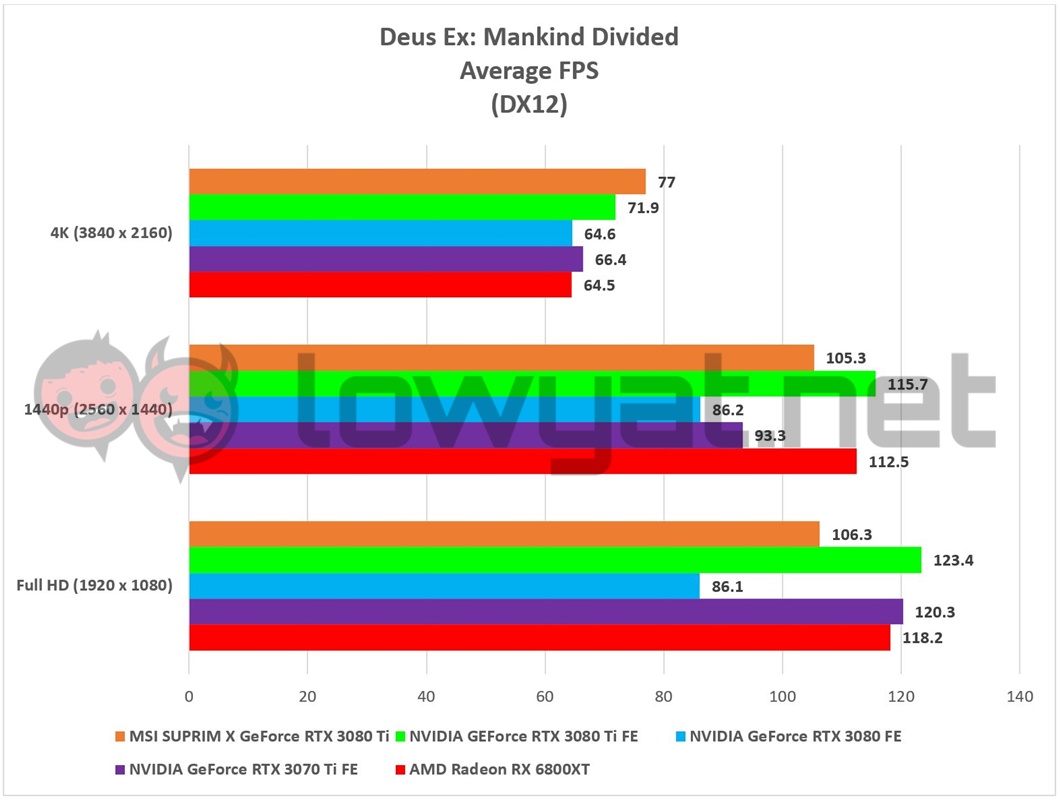
Even in Deus Ex: Mankind Divided, a title that is clearly beginning to show its age, the SUPRIM X RTX 3080 Ti yet again seems to slip into the shadow of the RTX 3080 Ti FE, specifically with the game running at 1440p and Full HD resolution. Oddly enough, it is at 4K resolution that the card clearly dominates the other GPUs.
It is the same story with DOOM Eternal and Shadow of the Tomb Raider; with the former, the card’s performance is pretty much on par with its FE brethren at 4K, but trails behind in the other two resolutions.
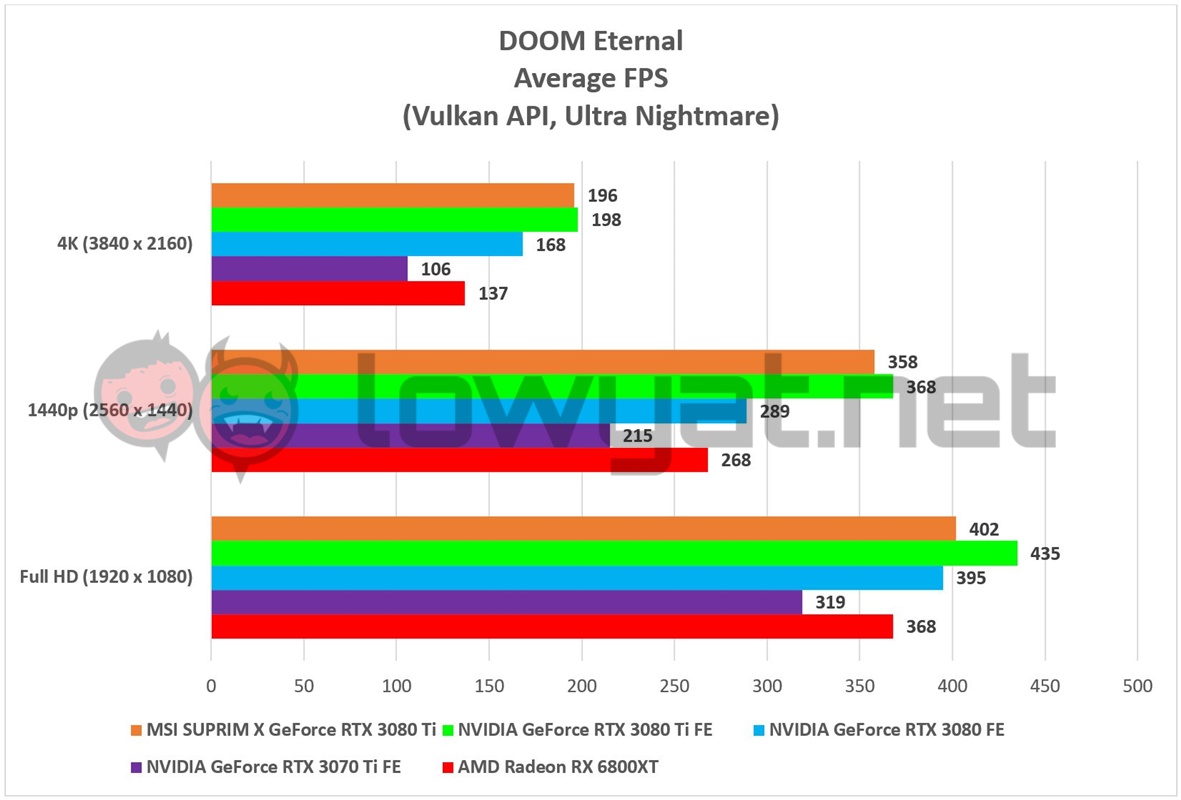
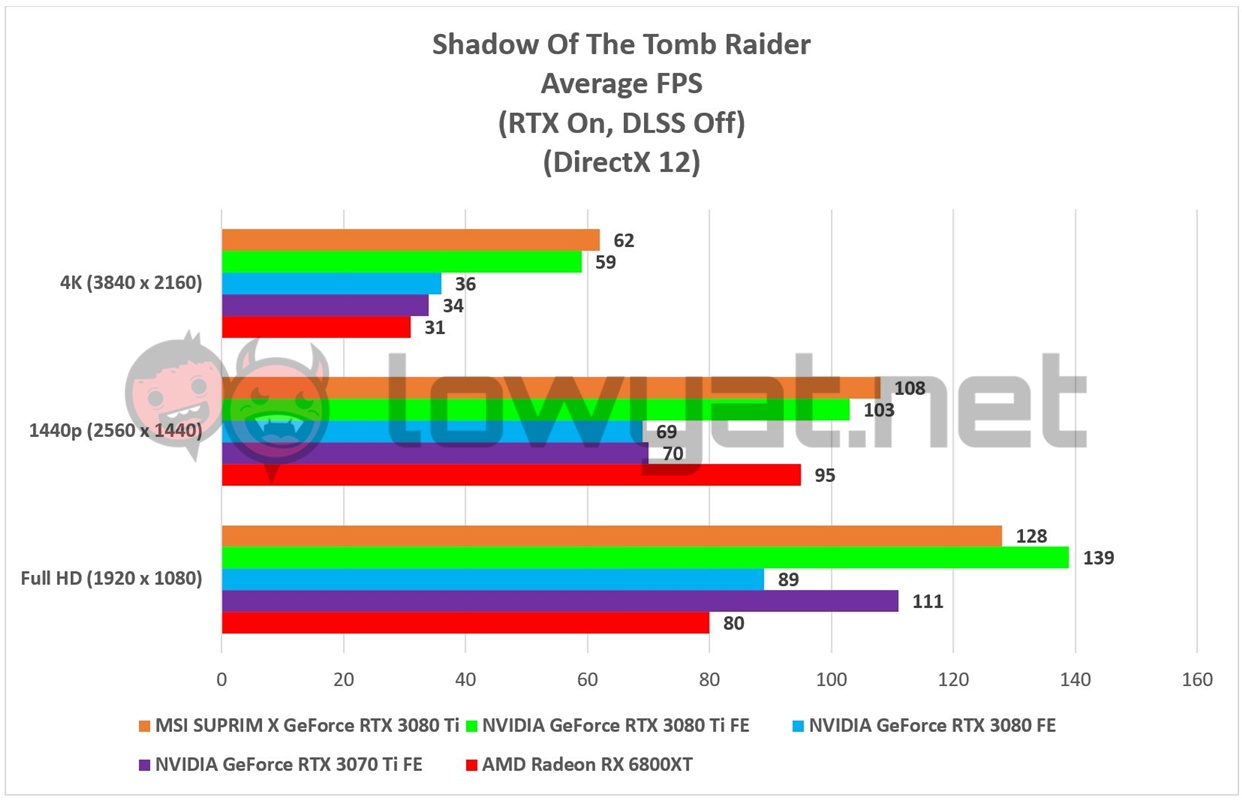
Shadow of the Tomb Raider is also practically the only title where I am seeing the SUPRIM X RTX 3080 Ti pulling ahead of the RTX 3080 Ti FE in more than one resolution, 4K and 1440p, and that’s with just pure ray-tracing enabled. Seriously, I don’t even know why it is losing out to NVIDIA’s reference-cooled card at Full HD at this point, especially since the game has been out for almost three years.
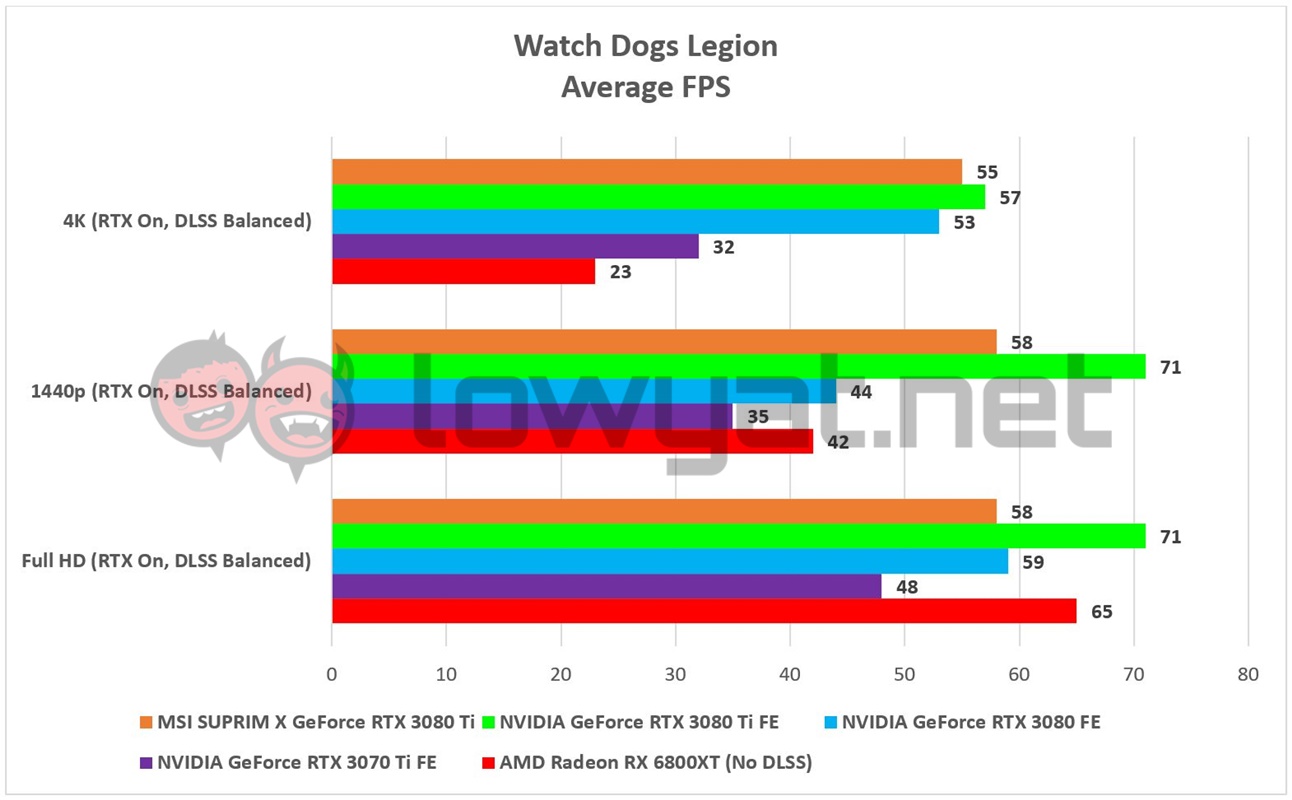
Watch Dogs Legion, though, is a bit of an odd title that has me scratching my head a little more than usual. Again, through simple logic and the laws of physics, the SUPRIM X RTX 3080 Ti and its higher clocks should have had no trouble breaking past the 60 fps barrier with the game’s graphic preset set at Ultra for 1440p and Full HD, and with RTX turned on and DLSS set to Balanced. Instead, the card only manages to maintain a steady 55 fps average across all three resolutions.
Initially, I suspected that this sudden deterioration in performance was due to the NVIDIA GPU drivers I was using, which at the time of this publication, was version 471.41. To that end, I actually tried reverting to the previous driver version 471.11, and the results at the end of the exercise were actually similar, with the SUPRIM X RTX 3080 Ti obtaining around the same average framerate across the board.
With that out of the way, I strongly believe that it is actually the game itself that is the culprit.
Temperature And Power Consumption
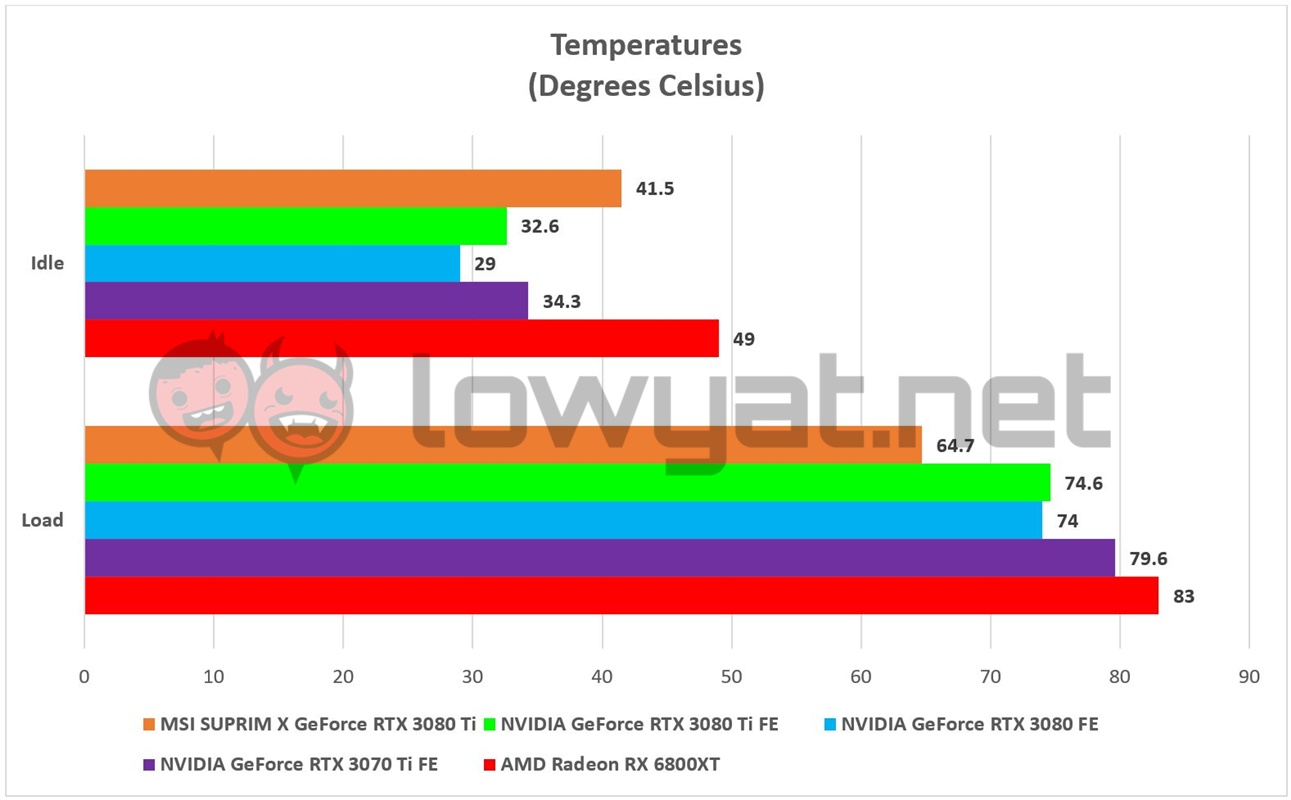
With the RTX 3080 Ti FE, one of the card’s main issues was the greater amount of heat being generated compared to its non-Ti counterpart. The cooling solution, in particular, was audibly louder whenever it was put to work but for what it is worth, it did the job.
With the SUPRIM X RTX 3080 Ti and on the open testbench, MSI’s Tri Frozr 2S cooling solution and its 4th generation TORX fans kept overall temperatures below the 70°C mark and between 68°C and 69°C. While the Junction temperature – that’s the hottest point on the GPU die – reached 84°C at its peak. In contrast, the RTX 3080 Ti’s Junction temperature was a lot hotter at 102°C.
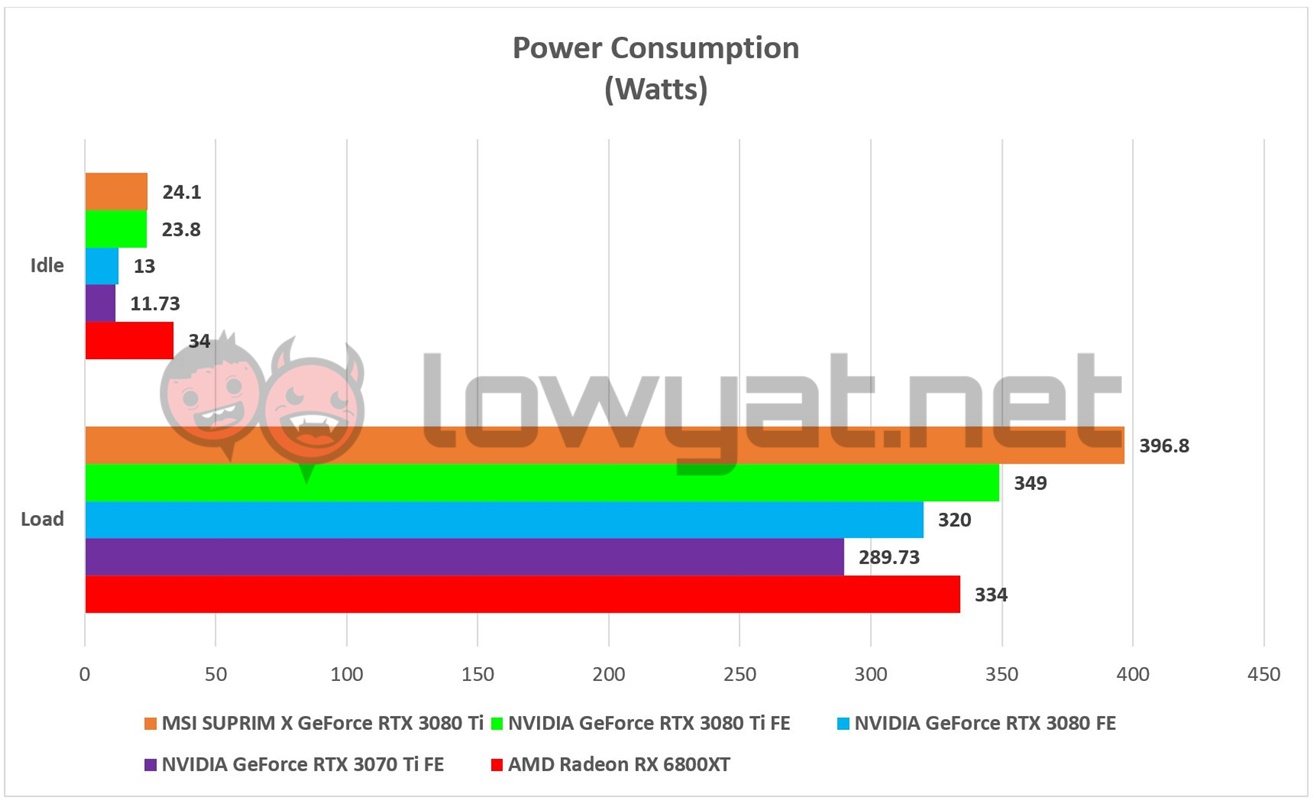
The trade-off here is, unsurprisingly, the card’s much higher power consumption. In contrast to the other cards, the SUPRIM X RTX 3080 Ti can and will pull nearly all of its stated 400W TGP off the wall when it is put to work. However, based on the results garnered, it’s clear that MSI may not be utilising that extra power draw efficiently.
Conclusion
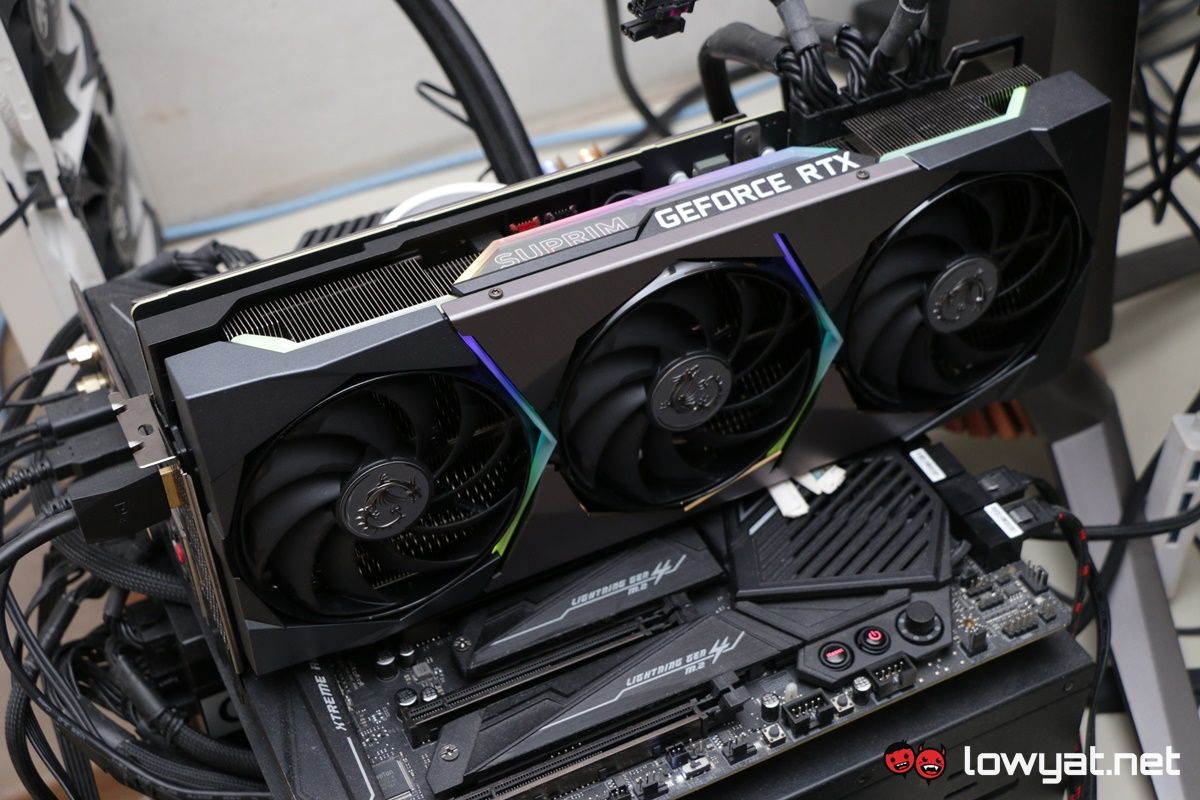
At the end of the day, I believe that the MSI SUPRIM X GeForce RTX 3080 Ti finds itself performing a very delicate balancing act and on top of multiple fences, to boot. On one hand, one cannot deny that the card offers more than just raw performance through its many cooling features, modes, and aesthetics. On another hand, I do wonder why MSI even increase its TDP by an additional 50W, especially given its hit-or-miss performance in some game titles.
Once again, this isn’t me saying that the SUPRIM X RTX 3080 Ti is a terrible card, by any measure of the description, and ultimately, the decision to buy a card boils down to what AiB partners offer with the GPU. Remember, at RM8999, you’re not just paying to own a piece of NVIDIA’s second most powerful GPU, but also a very effective cooling solution and arguably better aesthetics.

